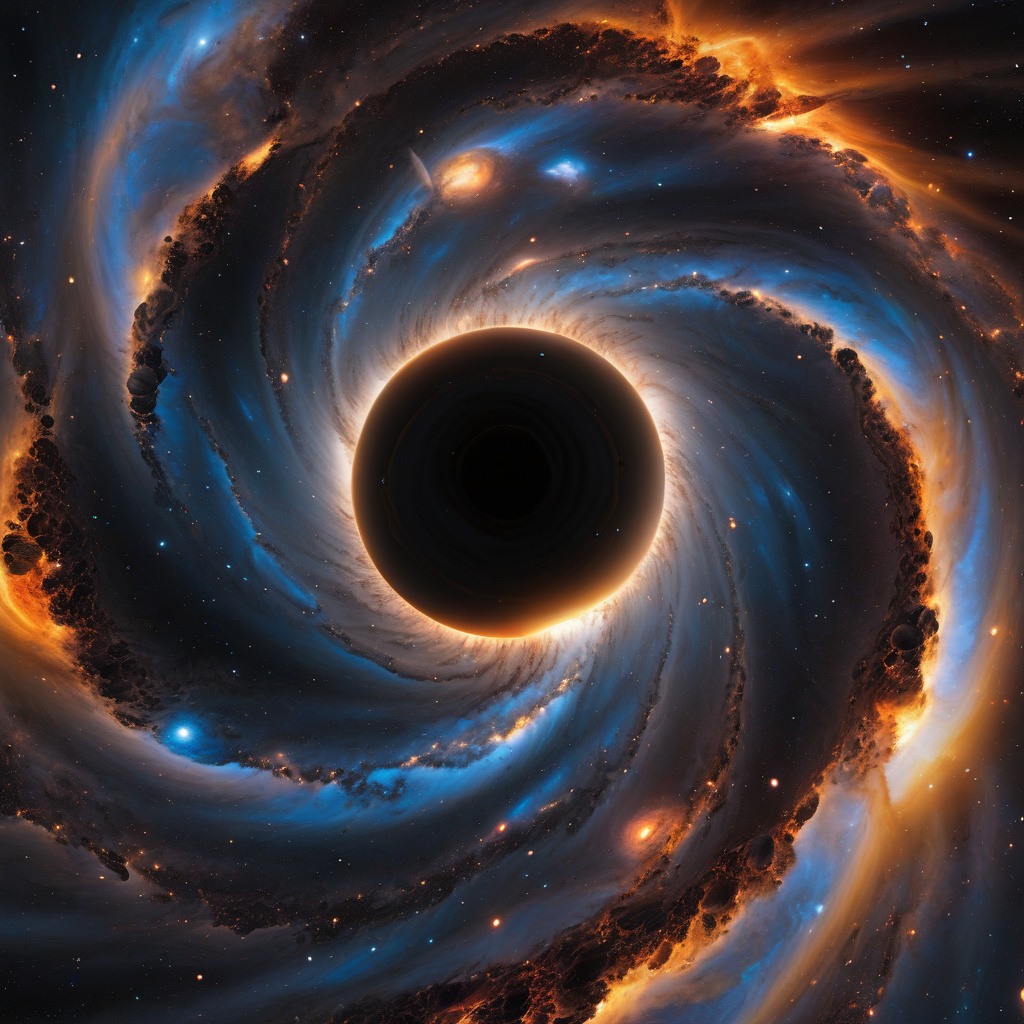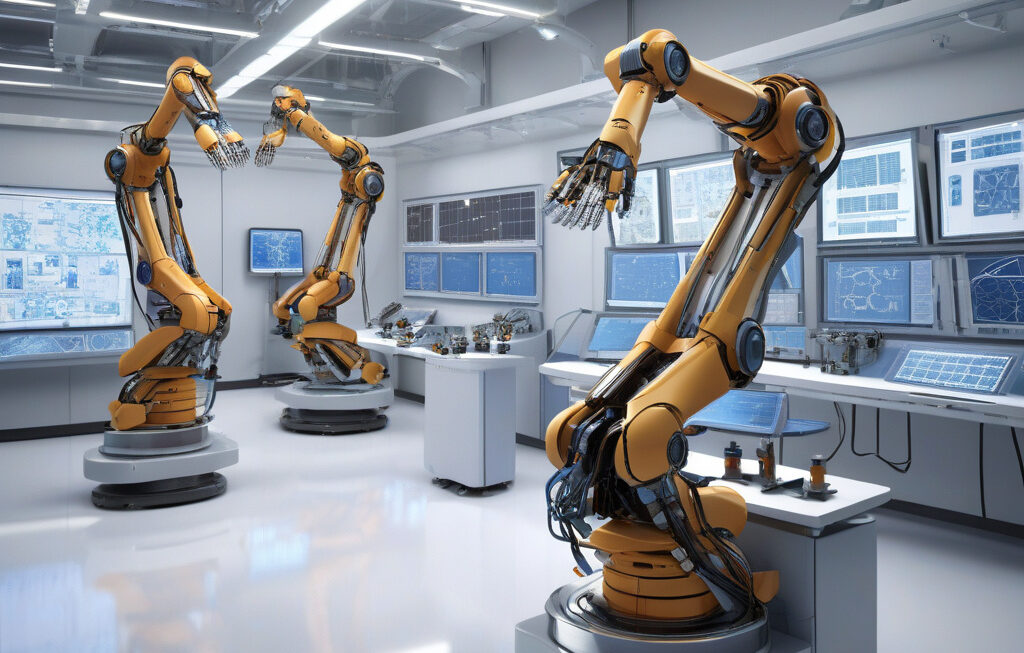Goodbye Singularity? New Black Hole Models Could Solve Einstein Puzzle
Black holes are often described as the ultimate no-exit zones of the universe, where gravity takes over and nothing, not even light, can escape its grasp. These celestial objects have long been a subject of fascination and mystery, challenging our understanding of the laws of physics. At the heart of a black hole lies a singularity, a point where density and gravity become infinite according to the general theory of relativity proposed by Albert Einstein. However, this concept of singularity has posed a conundrum for scientists, as it leads to the breakdown of the laws of physics as we know them.
Recent advancements in theoretical physics have led to the development of new black hole models that could potentially resolve the long-standing Einstein puzzle of singularity. These models propose that instead of a singularity, black holes might contain a region known as a “Planck star,” where gravity is so intense that it prevents matter from collapsing into infinite density. This concept is based on the principles of quantum mechanics and could provide a more complete and coherent explanation of the behavior of black holes.
One of the key figures in the development of these new black hole models is physicist Carlo Rovelli, known for his work in loop quantum gravity. Rovelli’s research suggests that when matter reaches a critical point of density within a black hole, it rebounds due to quantum effects, preventing the formation of a singularity. This idea challenges the traditional view of black holes and opens up new possibilities for understanding the fundamental nature of these enigmatic cosmic entities.
The implications of these new models extend beyond the realm of theoretical physics. By offering a potential resolution to the singularity problem, they could pave the way for a more unified theory of gravity that incorporates both general relativity and quantum mechanics. This would be a significant step towards achieving a long-sought-after goal in physics: the unification of the fundamental forces of nature.
Furthermore, the exploration of alternative black hole models has practical applications in astrophysics and cosmology. By refining our understanding of black holes, scientists can gain insights into the behavior of these objects and their impact on the surrounding universe. This knowledge is crucial for interpreting astronomical observations and testing the boundaries of our current scientific theories.
As research in this field continues to progress, scientists are actively working to test the predictions of the new black hole models through observations and experiments. The recent detection of gravitational waves by LIGO and Virgo observatories has provided valuable data that can be used to validate or refute these theoretical frameworks. By comparing the observational evidence with the predictions of different models, researchers can refine their understanding of black holes and potentially unlock new secrets of the cosmos.
In conclusion, the emergence of new black hole models offers a promising path towards resolving the longstanding puzzle of singularity and advancing our knowledge of the universe. Through a combination of theoretical innovation and empirical validation, scientists are pushing the boundaries of our understanding and challenging established paradigms in physics. The journey towards unraveling the mysteries of black holes is far from over, but with each new discovery, we come closer to unlocking the secrets of these cosmic enigmas.
black hole, singularity, Einstein, physics, quantum mechanics












